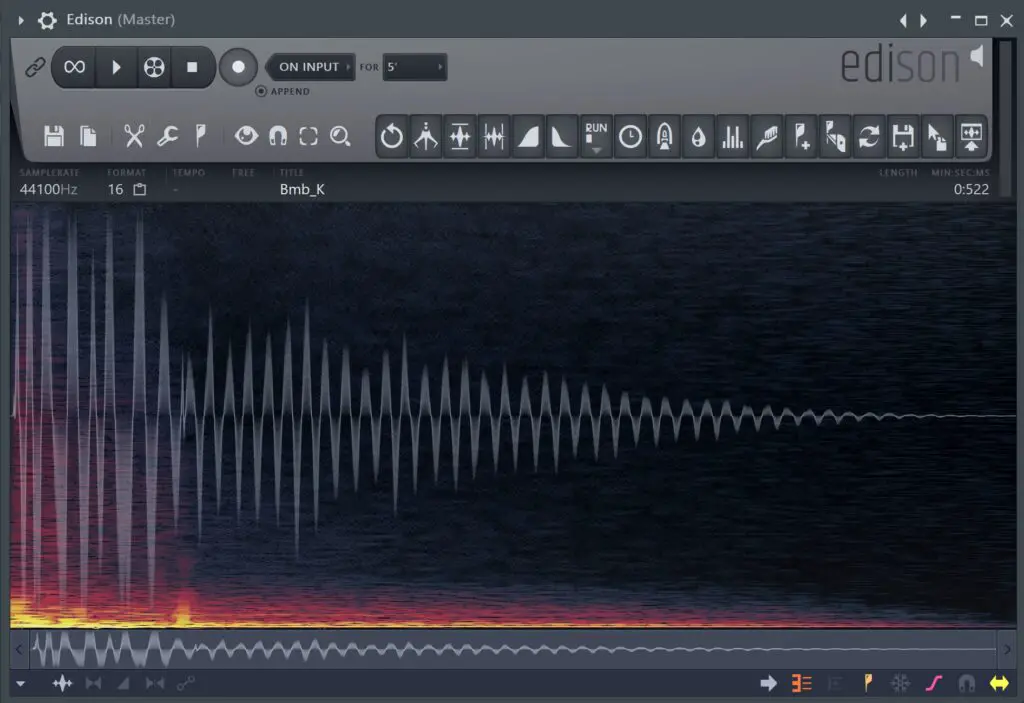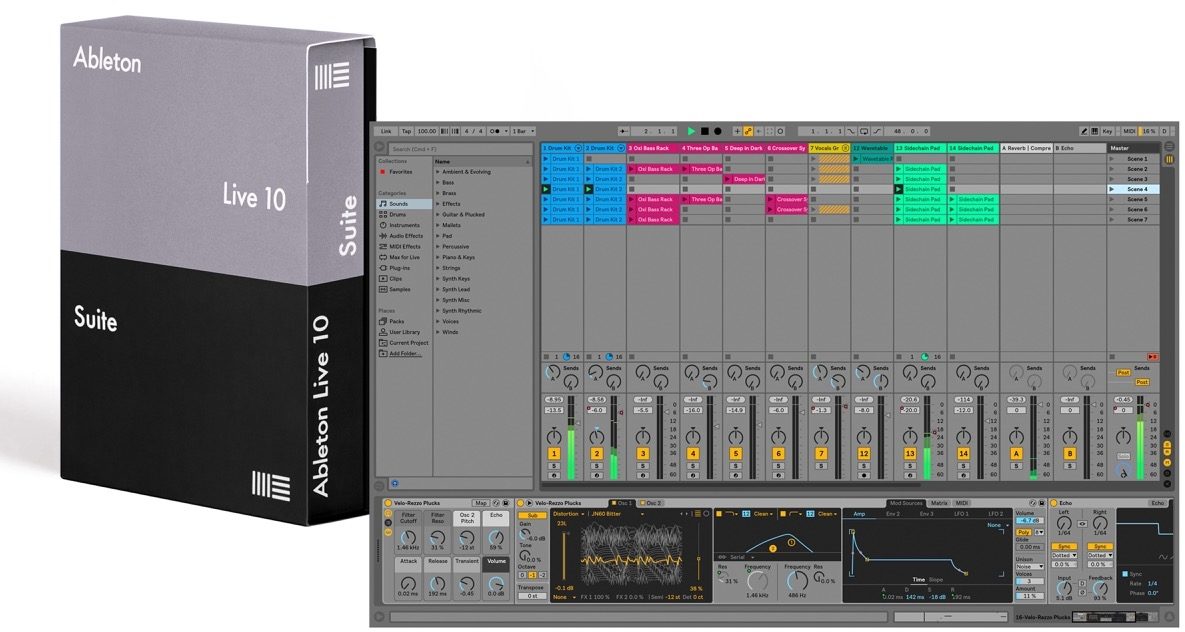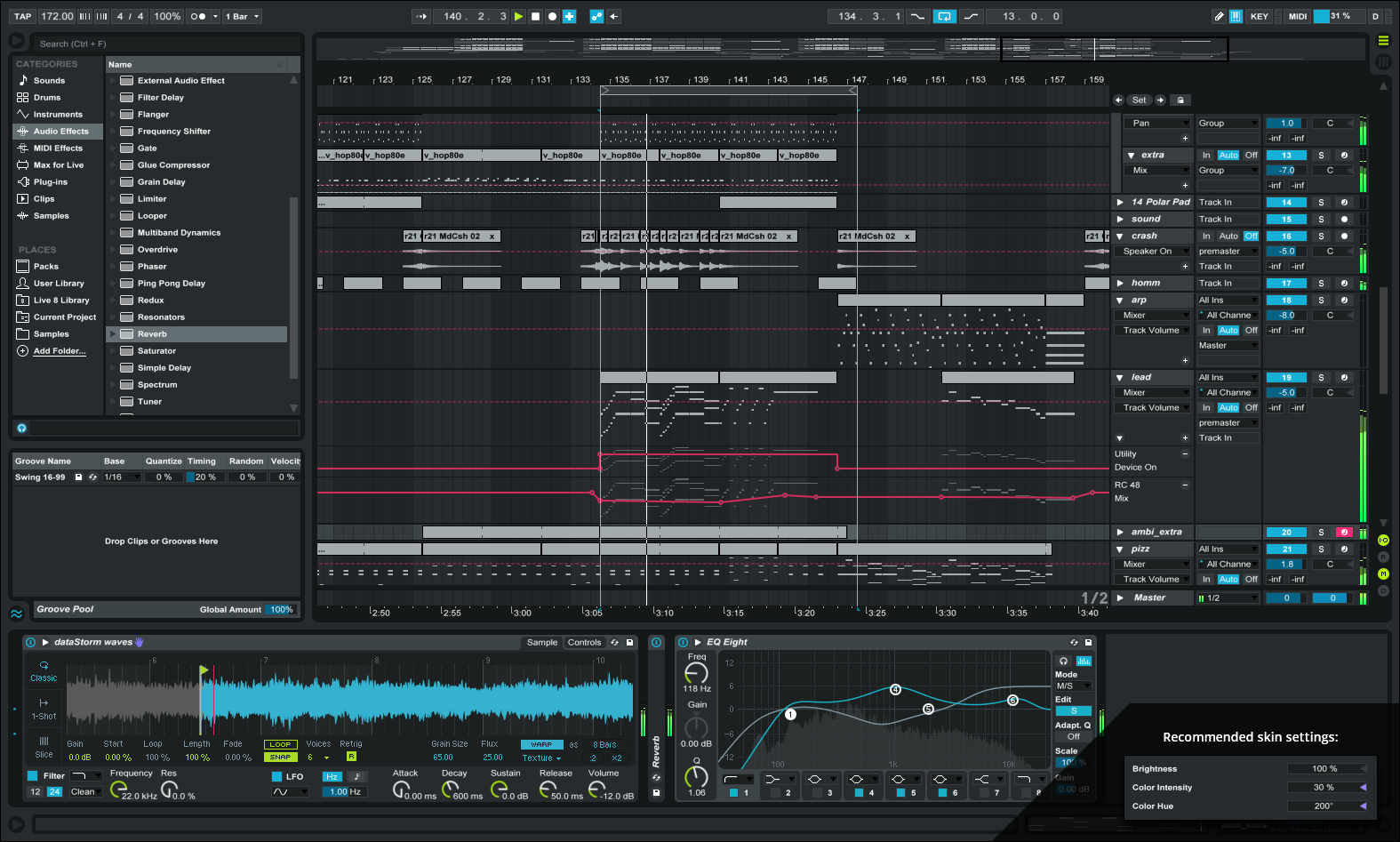


When clips are triggered is configurable, so you can set up the trigger sync to quantize your triggering to the next bar, beat divisions, clip length, or a neat ‘tolerant’ mode. It can be one-shot, loop, march modes (goes to the next column on that track) or randomized. There’s multiple ways to control what happens when a clip finishes. If you have multiple clips between markers then everything after the first clip is a ‘sub-clip’, and subsequent presses of that track/scene will cycle to the next ‘sub-clip’ in the scene. A scene is the first clip in the area that defines that scene. You still get cells with clips to trigger.įL also treats scenes a bit differently. Your tracks are still horizontal, but your columns are your “scenes” so to say. You can play these cells on their own or you can trigger a whole row (scene) to play multiple clips together.įLStudio rotates this by 90°. Each cell contains an audio or MIDI clip. In Session MOde a column represents a track, and a row represents a “Scene”.

You are given a grid instead of multiple rows of tracks. In programs like Ableton Live you have what’s called “Session Mode”.


 0 kommentar(er)
0 kommentar(er)
